Choosing the Best Art Deco Style for Your Home
We talk a lot about Art Deco, how to inject a little of its styles and influences into your home, how to create an Art Deco palace... but what is Art Deco? Is it a single, unified style? Can you just buy a few Art Deco pieces and voilà, you have a Great Gatsby masterpiece?
Not exactly. While Art Deco certainly has some defining characteristics, there's more than one set of influences going on there, and just mixing them up higgeldy-piggeldy will make your room look more like a store than a carefully designed living area.

Consistency is key when going Art Deco
Some of the differences in styles can be attributed to the different countries that adopted Art Deco, as each one took it, ran with it and made it their own. However, many of these differences are also period-specific, as Art Deco went through its different phases from start to giving way to newer, more modern styles.
The earliest expressions of Art Deco relied heavily on inspiration from nature and used rich, exotic and opulent materials, including ivory and sharkskin, as well as mother-of-pearl inlays to heighten the sense of decadence and luxury. Bold, strong colors reigned and every piece was designed to be as decorative as possible, including some geometric highlighting.
Later, as Art Deco took hold in architecture, styles became sleeker, more streamlined and even more geometric in nature. Some of the excesses of decoration started to fall away, becoming a little less overwhelmingly colorful and expressing the design in more modern materials.
This vanity epitomizes the strong geometric designs of later Art Deco
A lot of the reason for this shift was accessibility. Some designers were perfectly happy to keep producing expensive, unique pieces for the rich and famous, while others felt that everyone should have access to attractive, modern design and sought to simplify it just enough to make it more affordable.
So when deciding what pieces to include in your Art Deco living area, it helps to look at the period it either came from or was inspired by, and to choose whether you want the more complex, decorative pieces of early Art Deco, or the cleaner lines and bolder geometries of the period leading into Streamline Moderne.
What you should consider is that, although Art Deco was certainly a style of opulence and richesse, it was also designed to express intense style, so you don't want clashing lines and colors. Because there's such variety, it helps to choose a few key elements that work together.
This beautiful matching set has clean lines and works well with bold wall designs or art works
For example, if the step-and-repeat geometric patterns appeal to you, make those a focus, but try not to overdo them. If every piece of furniture has its own pattern you're going to give yourself a migraine in no time. Rather choose one piece or a good wallpaper that's heavily patterned, and mix it with pieces that have clean lines but are made from interesting materials.
If, on the other hand, you love trinkets and art pieces, go wild on those, filling walls and mantelpieces with period-authentic paintings and sculptures, while focusing on comfort for the furnishings, rather that letting them distract you from the art works.
This decorative dry bar serves as an interesting focal and conversation piece
And then again, if you adore the crazy mix-up of furnishings, then keep your walls, floors and ceilings simple and clean - although rich colors or paneling on the walls will certainly help create an ambiance - and find a few of the most interesting pieces you can to serve as conversation pieces.
If at any point you're unsure of what will work together, just ask. A knowledgeable interior decorator who works in Art Deco style will be able to help you avoid looking like a museum storage space and bring your living space to rich, opulent life.
- Matthew Pillet
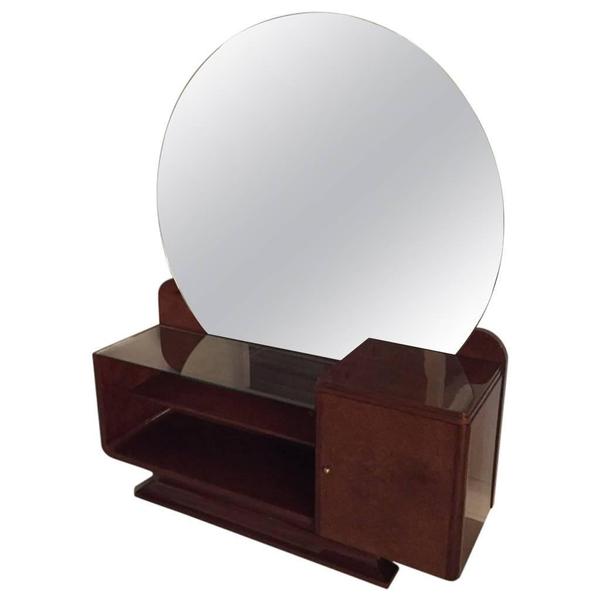
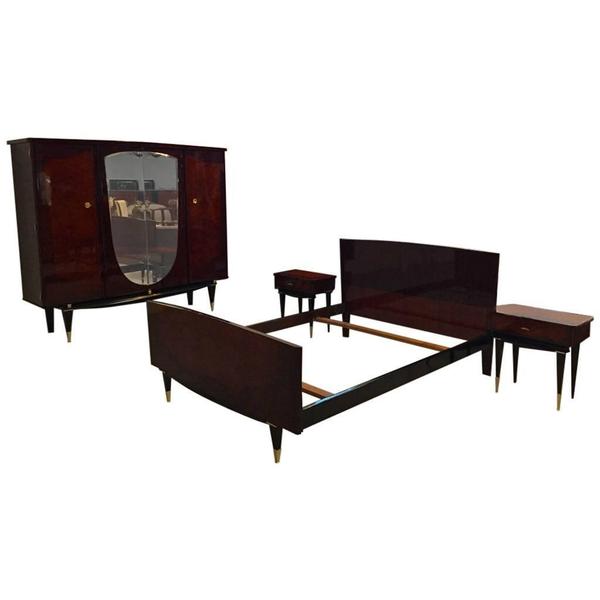

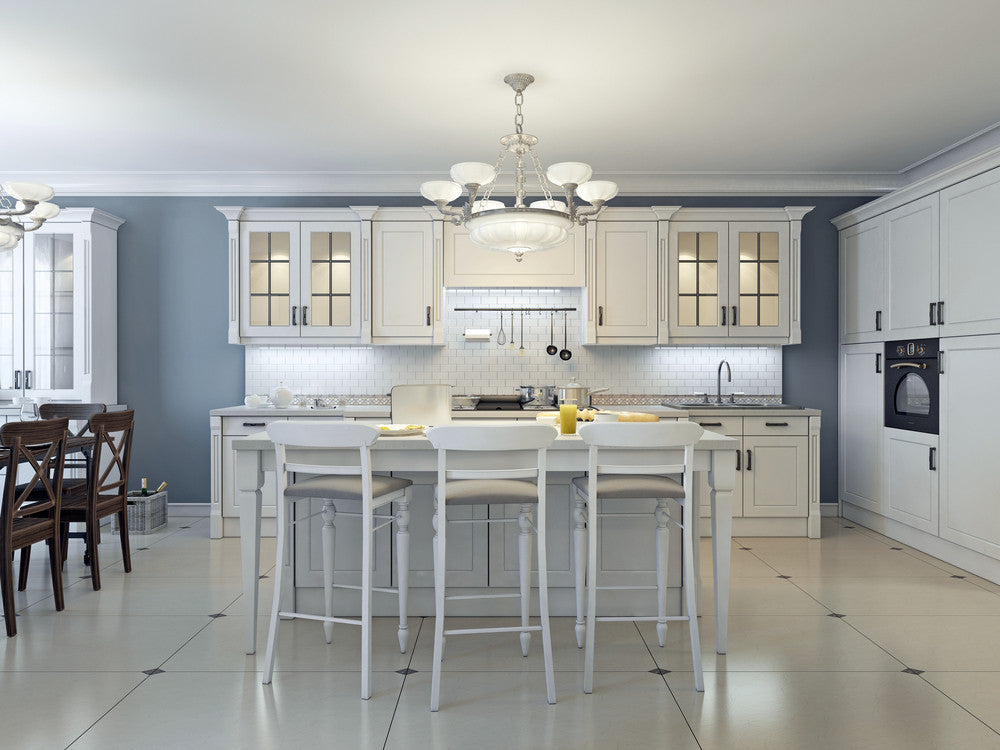


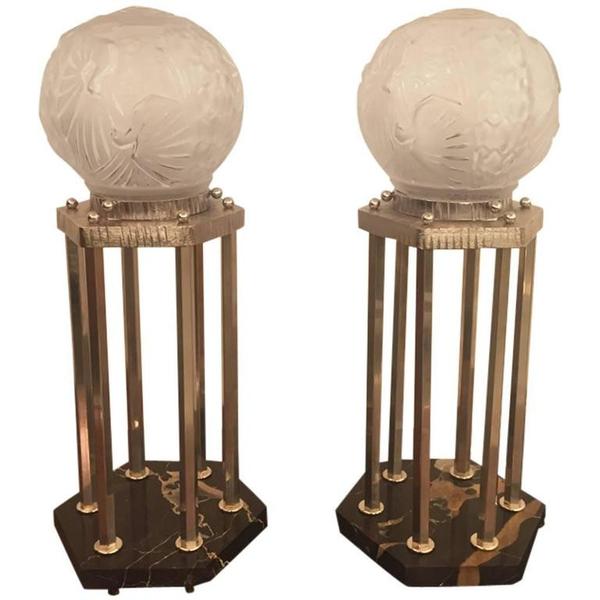
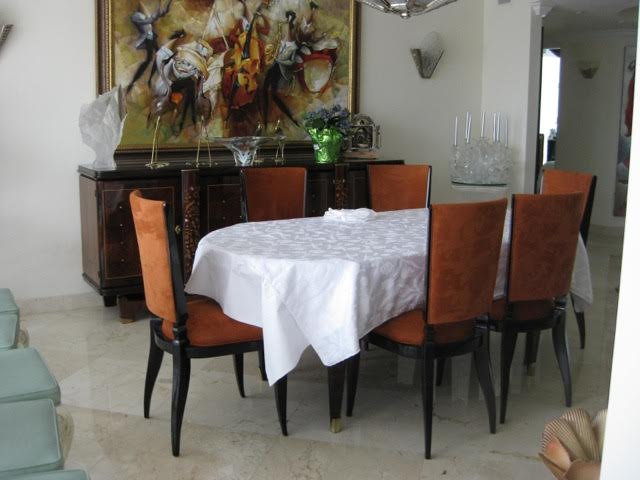


Comments 0